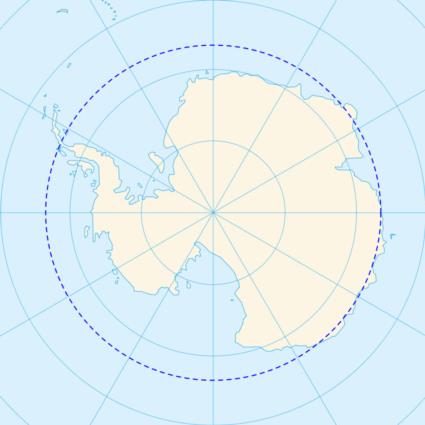
NavList:
A Community Devoted to the Preservation and Practice of Celestial Navigation and Other Methods of Traditional Wayfinding
From: Robin Stuart
Date: 2019 Dec 24, 07:27 -0800
I enjoyed receiving Frank’s holiday tidbit that when the ecliptic pole is overhead the Sun must be near the horizon with the corollary that the stars in central Draco can never be seen overhead and in darkness.
For completeness (and to rectify an inherent northern hemisphere bias also evidenced by David C’s post) it should be noted that the southern ecliptic pole lies in the constellation of Dorado and is quite close to the Large Magellanic Cloud (LMC). This celestial jewel therefore can never be seen overhead in darkness either. In the attached sky chart the dotted red outline near the centre is the LMC.
For an ecliptic pole to be overhead, the observer must be on the arctic or antarctic circle. Whereas there are plenty of well-known and accessible landmarks near the arctic circle, the exact location of the antarctic circle is probably less familiar (at least it was to me) so it is attached here for reference as well. Like the arctic circle, its radius is currently contracting at a rate of 15 metres per year,
Merry Christmas,
Robin Stuart








